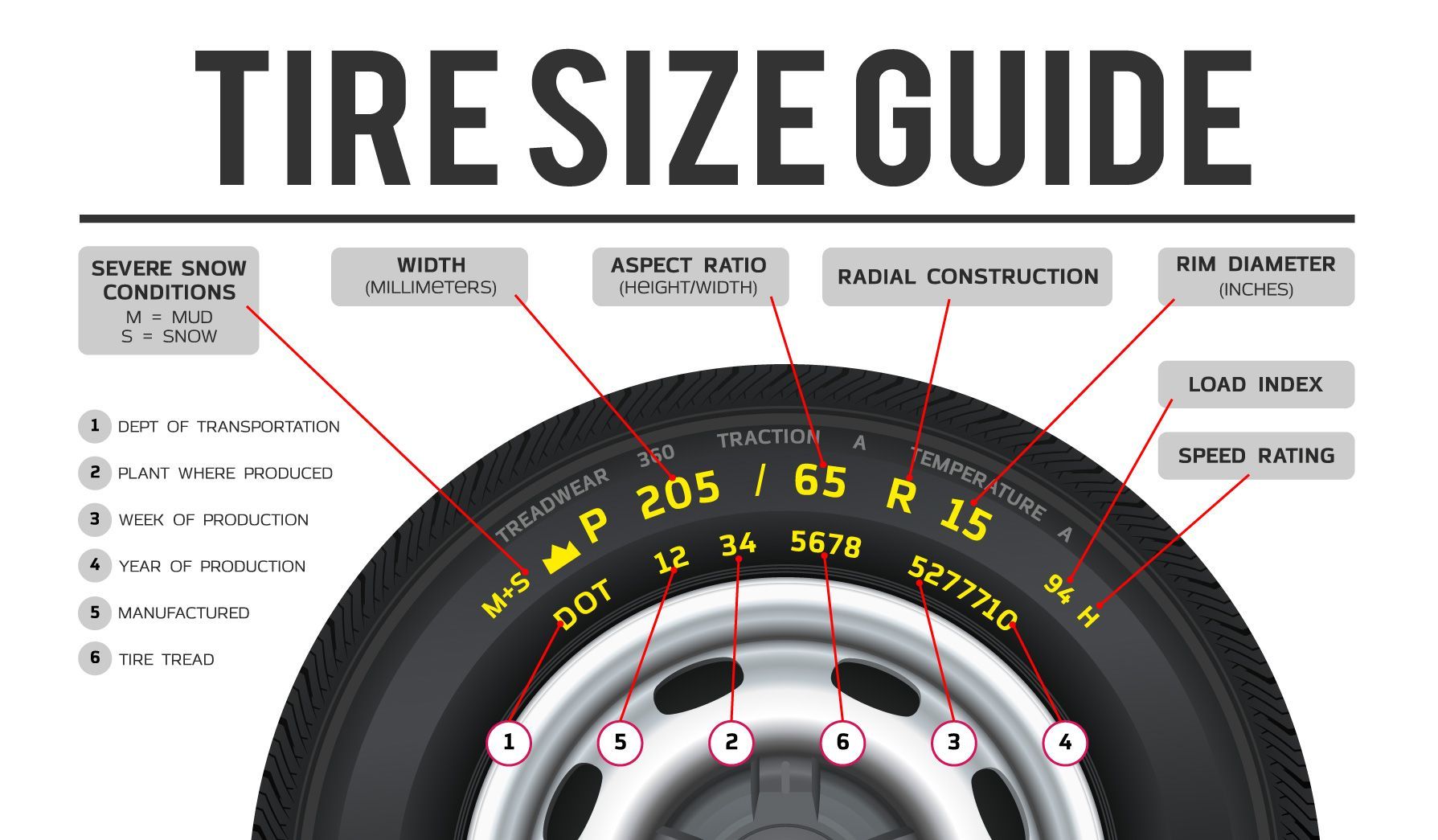Tires
LENHART'S is Your New Tire Solution!
Choosing the right tires for your vehicle is a crucial aspect of ensuring safety, performance, and fuel efficiency. The process of buying tires involves considering various factors to match the specific needs of your vehicle and driving conditions. Here's a comprehensive guide to help you make an informed decision when purchasing and using tires:
1. Understand Your Vehicle's Tire Specifications:
- Refer to your vehicle's owner's manual to determine the recommended tire size, load capacity, and speed rating.
- Pay attention to the recommended tire pressure, which plays a significant role in safety and tire longevity.
2. Consider Your Driving Conditions:
- Choose tires based on the typical weather conditions in your region. There are specific tires designed for summer, winter, and all-season driving.
- If you frequently drive on rough terrains, consider all-terrain or mud-terrain tires for enhanced durability and traction.
3. Tire Types:
- Summer Tires: Ideal for warm weather conditions, providing excellent grip and handling on dry and wet roads.
- Winter Tires: Designed to perform in cold temperatures, snow, and ice, offering enhanced traction in winter conditions.
- All-Season Tires: Versatile tires suitable for a variety of conditions, providing a balance of performance throughout the year.
4. Tread Patterns:
- Tread patterns affect traction and handling. For example, deep treads are beneficial for off-road driving, while shallower treads are suitable for smooth surfaces.
- Consider tires with special tread patterns for improved hydroplaning resistance in wet conditions.
5. Budget and Quality:
- Establish a budget for your tire purchase, but also consider the long-term benefits of investing in high-quality tires.
- Quality tires can contribute to better fuel efficiency, reduced road noise, and improved overall driving experience.
6. Check for Tire Reviews:
- Read customer reviews and expert opinions on different tire brands and models. This can provide valuable insights into real-world performance and durability.
7. Regular Maintenance:
- Once you've selected the right tires, ensure regular maintenance, including tire rotations, wheel alignments, and proper inflation.
- Regularly inspect the tread depth and look for signs of uneven wear, as this can indicate alignment or suspension issues.
8. Purchase from Reputable Dealers:
- Buy tires from reputable dealers or authorized retailers. This ensures that you receive genuine products and have access to professional advice.
9. Dispose of Old Tires Responsibly:
- When it's time to replace your tires, dispose of the old ones responsibly. Many tire retailers offer tire recycling programs.
By taking these factors into consideration, you can make an informed decision when buying tires, ultimately enhancing the safety and performance of your vehicle.



